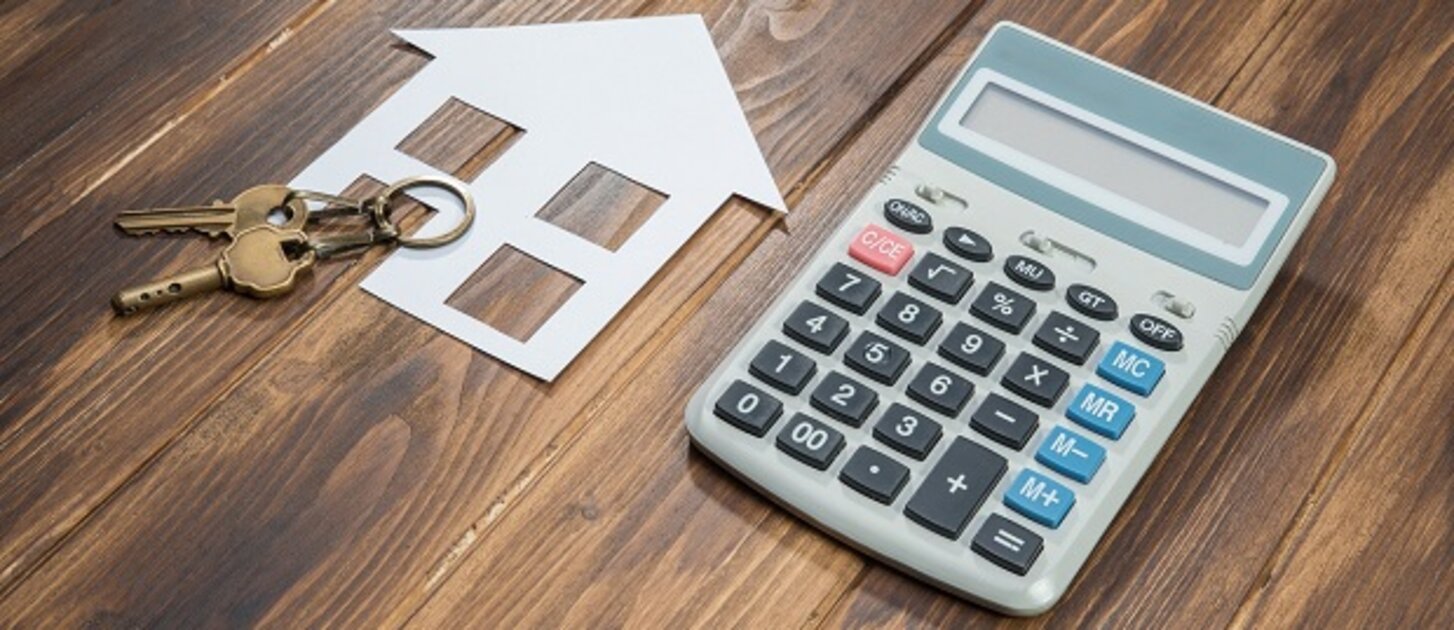Why The Saying ‘Never Settle For 2nd Best’ Isn’t Always True
Written on 9 March 2025 by

Why the Saying 'Never Settle for 2nd Best' Isn't Always True
When it comes to financial decisions, we are often advised to aim for the best possible deal. However, in some situations, particularly in the mortgage market, settling for an alternative solution can sometimes be the smartest move. This is particularly true for second charge mortgages, which have gained increasing relevance in recent years.
What Are Second Charge Mortgages?
A second charge mortgage, also known as a secured loan or second mortgage, allows homeowners to borrow additional funds while keeping their existing mortgage intact. This option can be particularly attractive to those who need extra financing but do not want to lose the benefits of their current mortgage deal.
What Are the Differences Between First Charge and Second Charge?
The difference between a first charge and a second charge relates to the priority of loans secured against a property. A first charge mortgage is the primary loan, usually taken out to purchase the property, and has the first claim on it if sold. A second charge mortgage is an additional loan secured against the same property, often used for home improvements or debt consolidation, and is repaid after the first charge in the event of repossession. As second charge loans pose a higher risk to lenders, they typically come with higher interest rates than first charge mortgages.
Why Have Second Charge Mortgages Gained Popularity?
1. Market Growth and Trends
Over the past few years, second charge mortgages have seen significant growth in the UK. In 2024 alone, new business volumes increased by 17%, with nearly 36,000 agreements totalling over £1.7 billion—the highest annual total since 2009. This rise indicates that more homeowners are leveraging second charge mortgages to access additional funds without disrupting their primary mortgage arrangements.
2. Interest Rate Challenges
The Bank of England’s base rate has experienced fluctuations, affecting mortgage affordability. With some homeowners locked into favourable fixed-rate mortgage deals secured before interest rates climbed, remortgaging to access additional funds may not be the best option. Instead, a second charge mortgage allows them to borrow without sacrificing their existing lower-rate mortgage.
3. Inflation and Cost-of-Living Pressures
With the cost of living rising and inflation continuing to impact household budgets, many homeowners are seeking ways to manage their finances more effectively. Second charge mortgages provide a means to consolidate debts, fund home improvements, or cover unexpected expenses without the potentially higher costs associated with personal loans or credit cards.
4. Housing Market and Property Equity
The UK housing market has undergone shifts in property values, affecting homeowners' equity positions. Those with substantial equity may find a second charge mortgage an efficient way to release funds without disrupting their primary mortgage agreement. This is particularly relevant for property owners looking to renovate or invest in their homes.
Is a Second Charge Mortgage Right for You?
While second charge mortgages offer several advantages, they are not suitable for everyone. Key considerations include:
- Affordability - borrowers must ensure they can manage repayments on both their primary and second charge mortgages
- Interest rates - while competitive, second charge mortgage rates are typically higher than standard mortgage rates
- Regulatory considerations - keeping up with lending criteria and eligibility requirements is essential. Seeking professional advice is always recommended
Final Thoughts
The idea that “second best” is never good enough doesn’t always apply in financial decision-making. In today’s evolving mortgage landscape, a second charge mortgage can be a strategic and beneficial alternative. With lending volumes reaching record highs, and economic conditions making traditional remortgaging less attractive, this option is becoming an increasingly mainstream financial solution.
Before making any decisions, speaking with a mortgage broker or financial adviser is crucial to ensure you choose the best option for your personal and financial circumstances. Call us on 0330 433 2927.
Category:Nicholas Mendes


